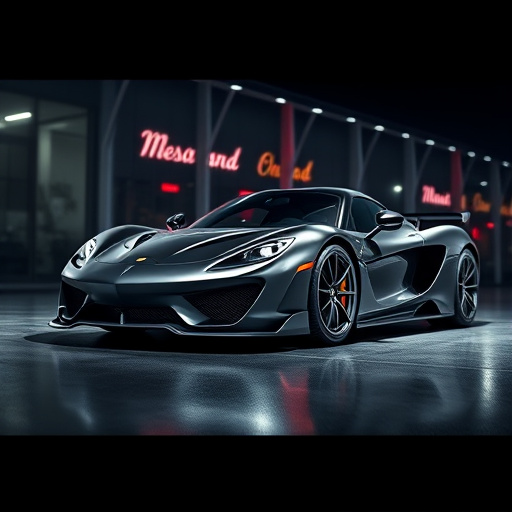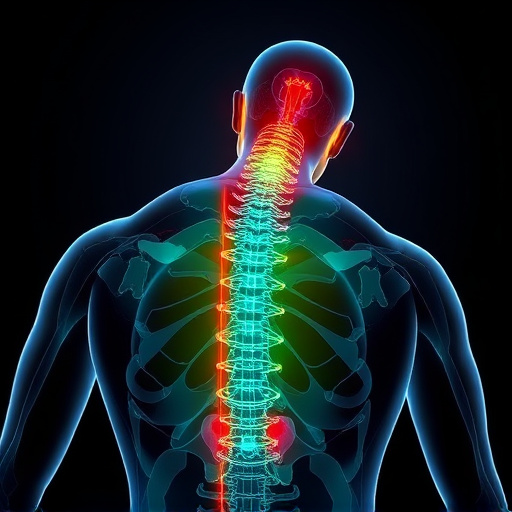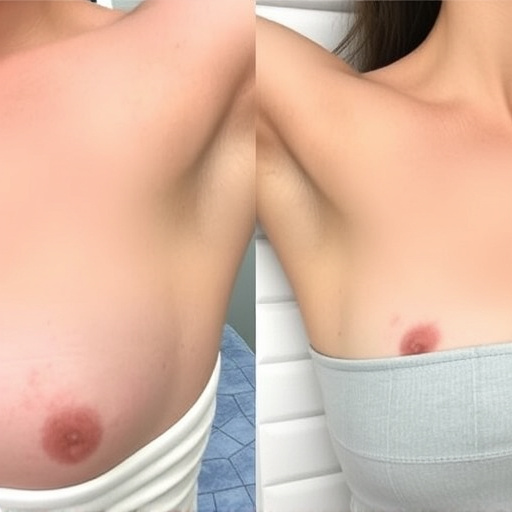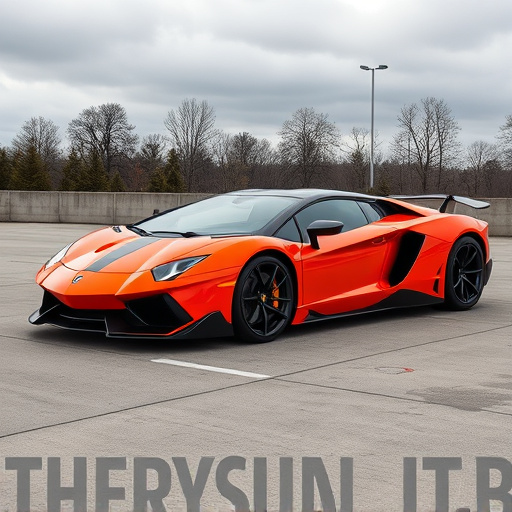UV resistance is crucial for outdoor materials, especially carbon fiber intake systems used in lightweight vehicles. Sunlight's UV radiation breaks down material structures, causing discoloration and failure. Manufacturers treat carbon fiber to enhance UV protection, ensuring structural integrity while maintaining design trends. Carbon fiber intake systems offer significant strength-to-weight ratios, replacing heavier parts to improve fuel efficiency and handling. Its UV resistance extends component lifespans, making it ideal for outdoor use across industries, from automotive to industrial equipment.
UV resistance is a critical factor for maintaining vehicle aesthetics and performance over time. This article delves into the essential properties of UV protection, focusing on two key aspects: understanding the basic science behind UV resistance and exploring advanced materials that enhance durability. We scrutinize the role of carbon fiber intake systems in providing superior UV shielding, particularly their lightweight design, which significantly contributes to long-lasting protection against harmful solar radiation.
- Understanding UV Resistance: The Basic Principles
- Carbon Fiber Intake Systems and Their Role in Enhancing UV Protection
- Lightweight Materials: A Key Factor in Achieving Long-Lasting UV Resistance
Understanding UV Resistance: The Basic Principles

UV resistance, a critical factor in material durability, refers to their ability to withstand exposure to ultraviolet (UV) radiation from the sun over extended periods. This is particularly important for materials used outdoors, such as those in carbon fiber intake systems designed for lightweight applications. At the heart of UV resistance lies the understanding of how UV rays interact with different substances, leading to degradation. When UV light penetrates a material’s surface, it can cause chemical reactions that result in the breakdown of molecular structures. These changes often manifest as discoloration, cracking, and eventual failure of the material under stress.
Carbon fiber components, known for their exceptional strength-to-weight ratio and durability, require specialized coatings or treatments to enhance UV resistance. Lightweight design trends, driven by demands for efficient energy use and reduced material costs, necessitate these advancements. By incorporating UV protective layers, manufacturers can extend the lifespan of carbon fiber intake systems in outdoor environments, ensuring optimal performance and structural integrity over time.
Carbon Fiber Intake Systems and Their Role in Enhancing UV Protection

Carbon fiber intake systems have emerged as a game-changer in automotive design, offering not just performance benefits but also enhanced UV protection for vehicles. These lightweight components are renowned for their exceptional strength-to-weight ratio, making them ideal for applications where weight reduction is crucial, such as in sports cars and high-performance vehicles. By replacing traditional metal or plastic parts with carbon fiber intake systems, manufacturers can significantly reduce the overall vehicle weight, leading to improved fuel efficiency and enhanced handling.
Moreover, carbon fiber is an excellent barrier against harmful ultraviolet (UV) radiation. Unlike metals and certain plastics that can degrade and become brittle when exposed to UV light over time, carbon fiber retains its structural integrity even in harsh environments. This makes carbon fiber intake systems particularly suitable for exterior automotive components that are constantly exposed to the elements, including sun, rain, and varying temperatures. By incorporating these advanced materials, automakers can ensure a longer lifespan for their vehicles’ parts, maintaining both performance and aesthetic appeal.
Lightweight Materials: A Key Factor in Achieving Long-Lasting UV Resistance

In the pursuit of long-lasting UV resistance, the role of lightweight materials cannot be overstated. Carbon fiber intake systems stand out as a game-changer in this domain due to their exceptional strength-to-weight ratio. This revolutionary material is not just robust against physical wear and tear; it also offers superior protection against ultraviolet (UV) radiation, ensuring products maintain their integrity for extended periods.
The integration of carbon fiber intake systems into various applications, from automotive components to industrial equipment, has shown significant improvements in UV resistance. Its lightweight nature not only reduces material costs but also facilitates easier manufacturing and installation processes. Moreover, the material’s ability to withstand harsh environmental conditions, including prolonged exposure to sunlight, makes it a preferred choice for outdoor use, enhancing the lifespan of products and minimizing maintenance needs.
In conclusion, understanding UV resistance is pivotal for ensuring the longevity of materials exposed to sunlight. Carbon fiber intake systems play a significant role in enhancing protection against harmful UV rays by providing exceptional strength and durability. Moreover, leveraging lightweight materials is essential for achieving long-lasting UV resistance, as reduced weight allows for better heat dissipation and less material degradation over time. Combining these strategies offers a robust approach to safeguarding structures and components from the degradative effects of UV radiation.














